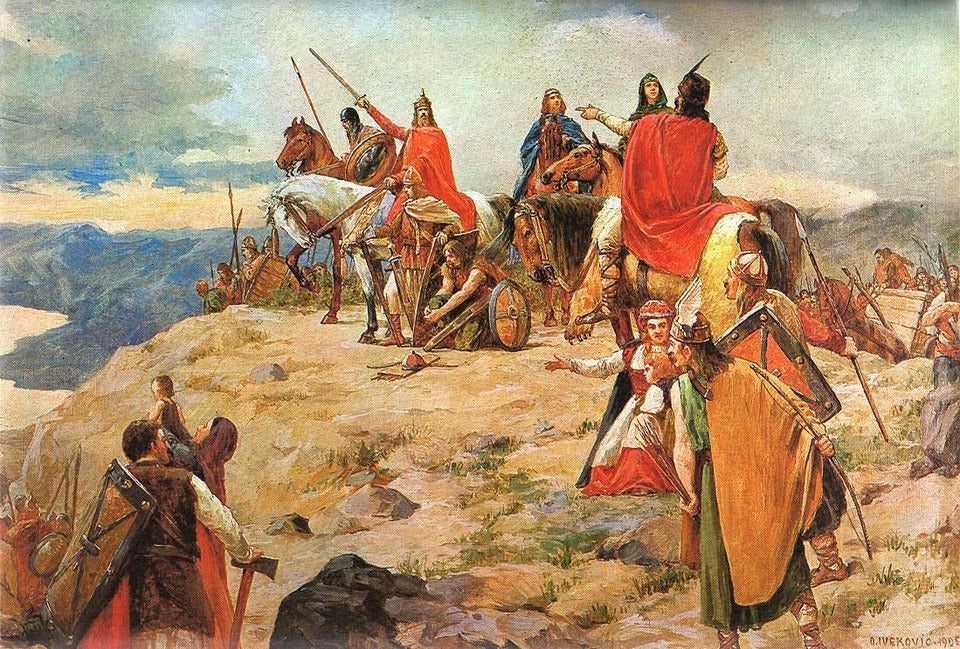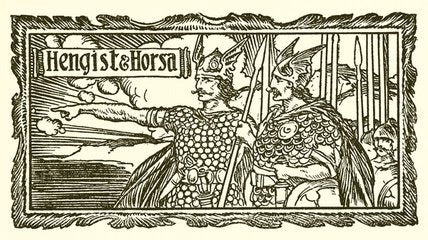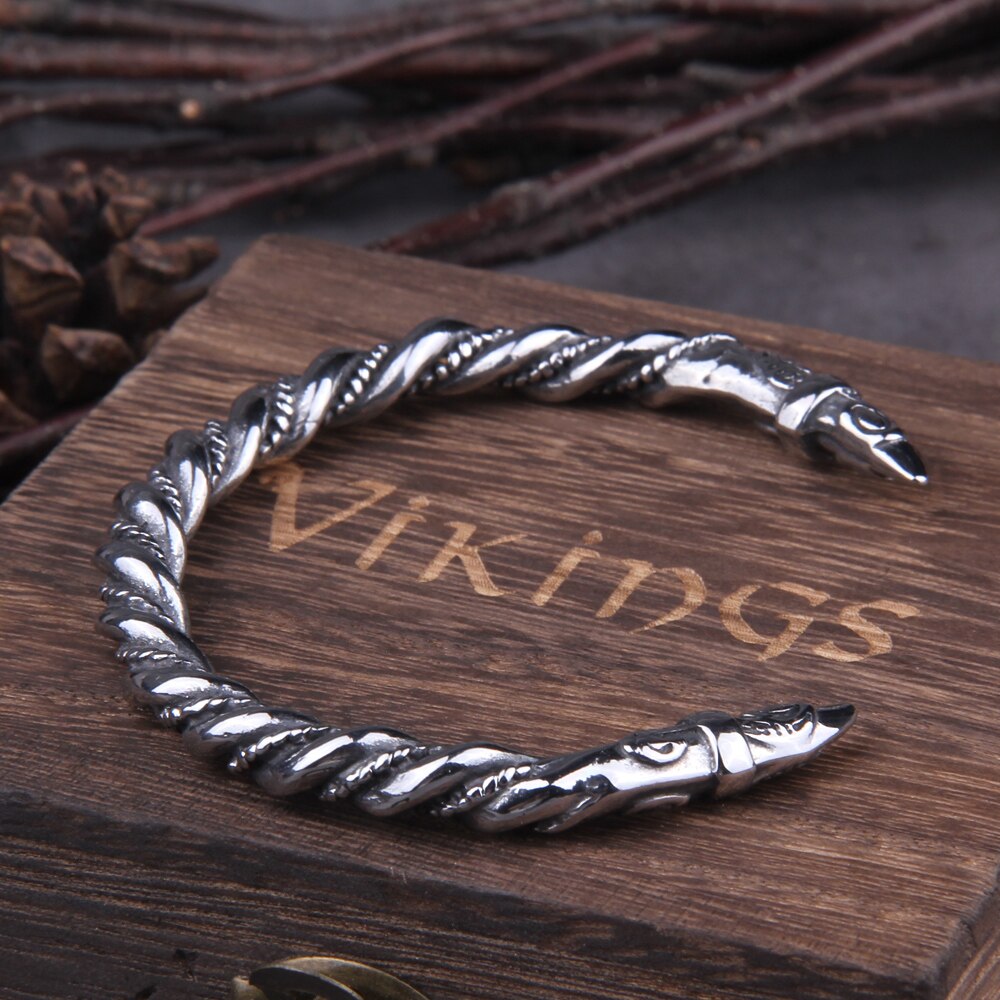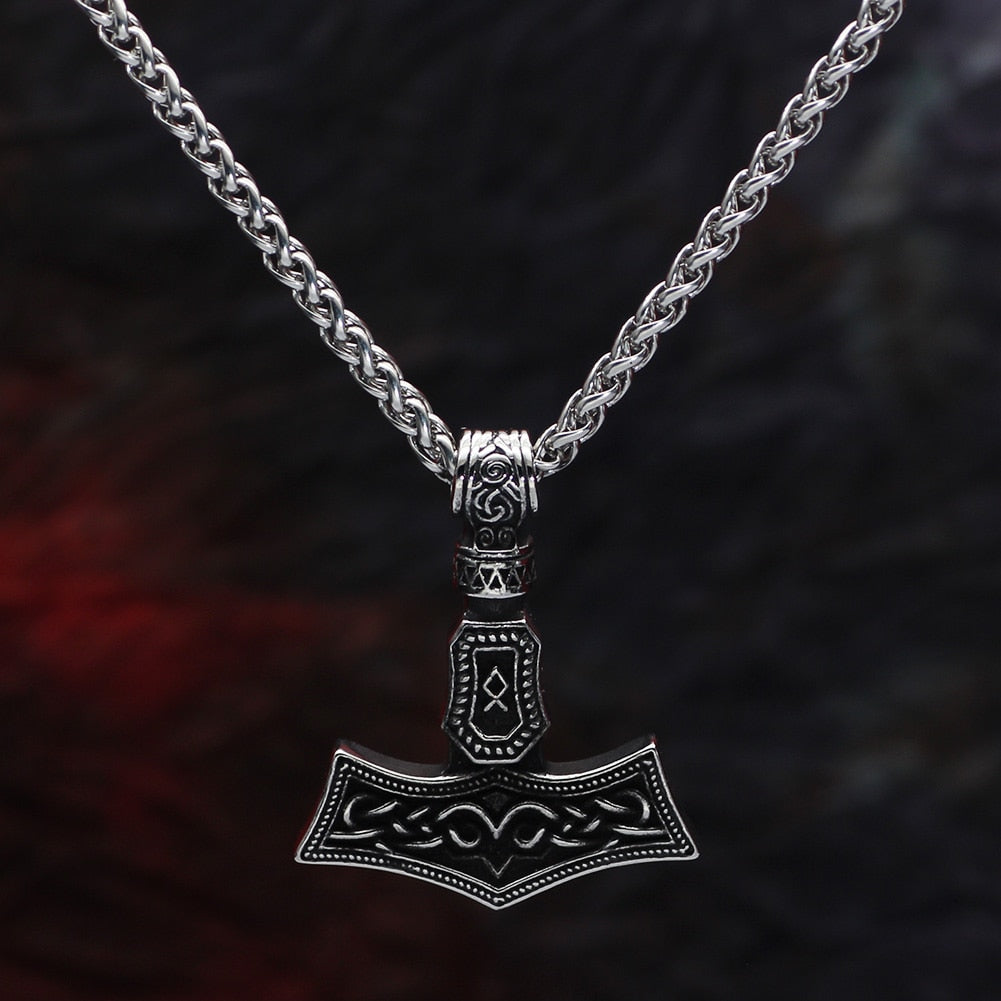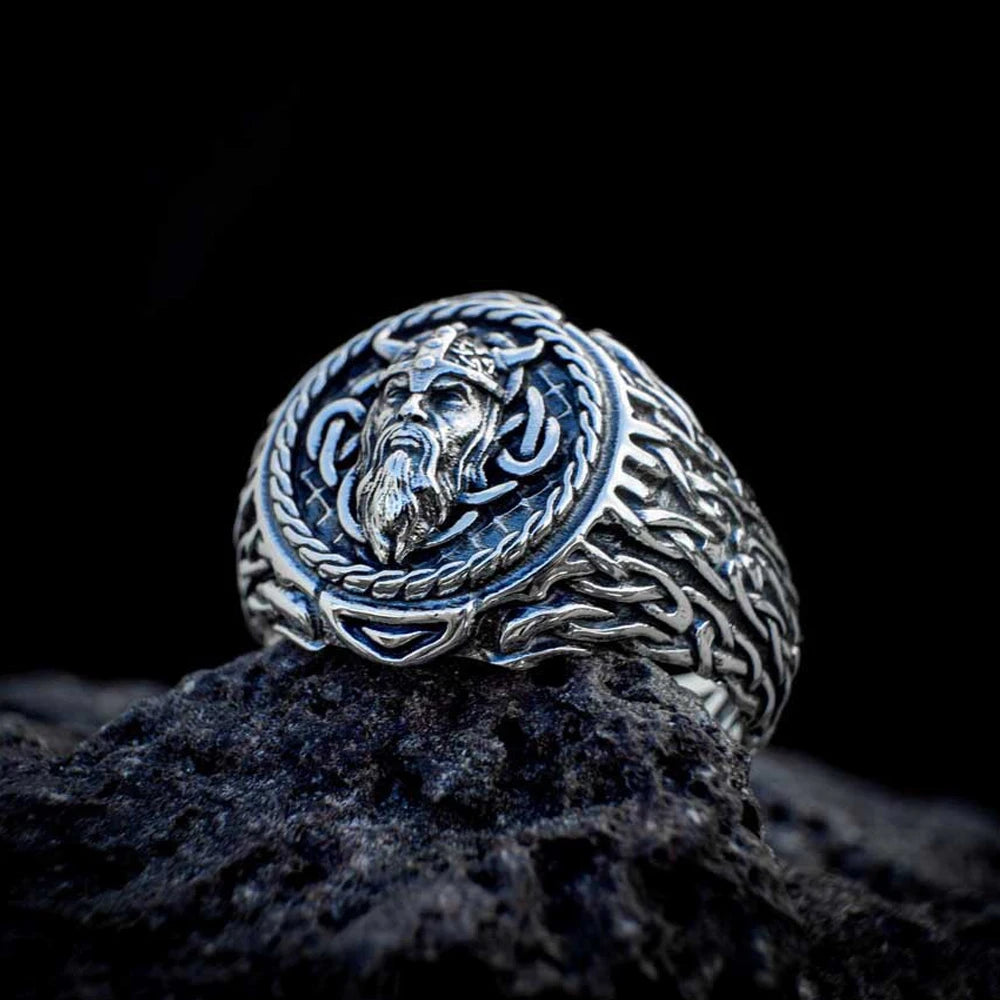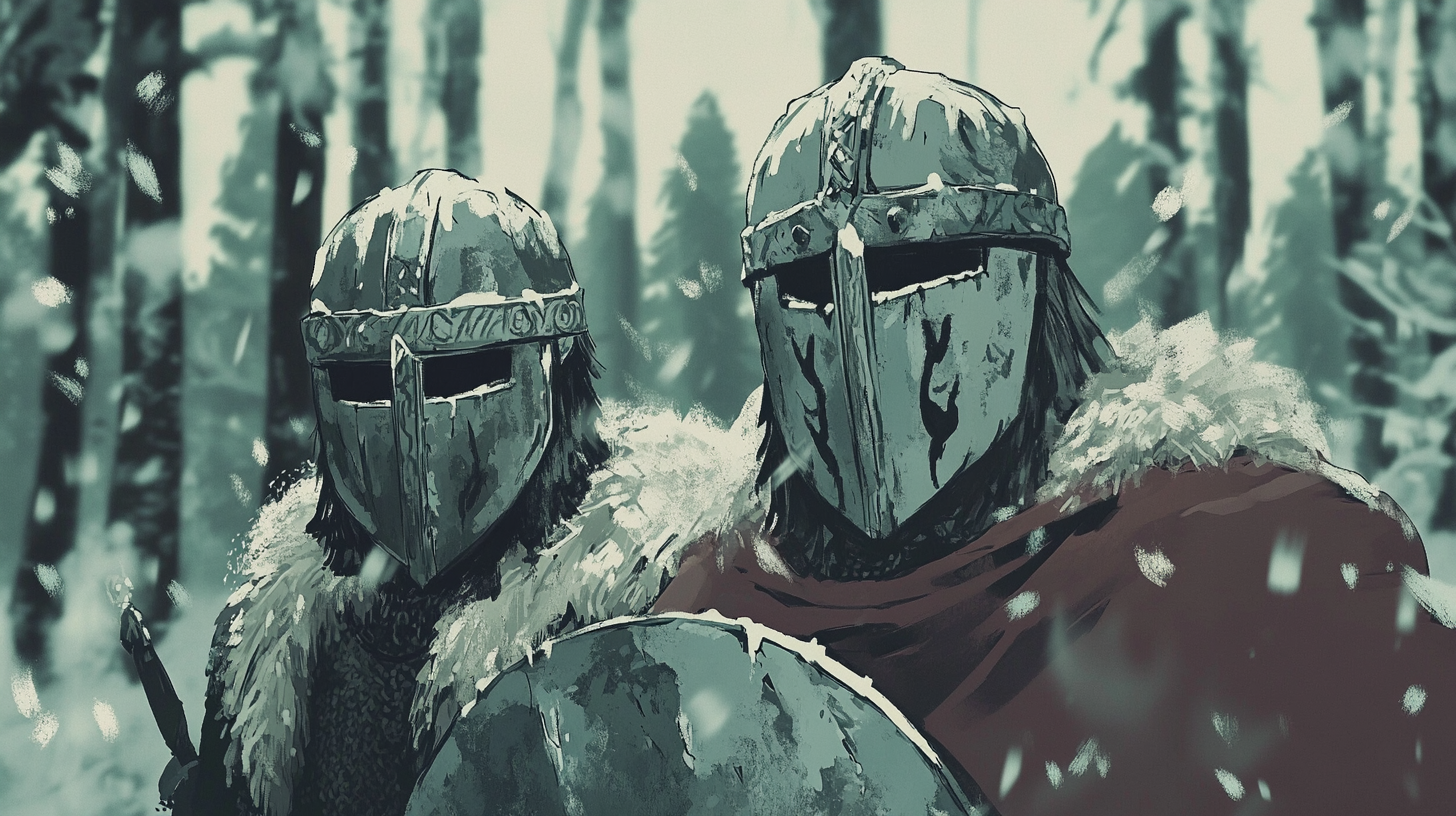
The Crimean Goths: The Last Gothic People of the Black Sea
The Crimean Peninsula, strategically located on the northern coast of the Black Sea, has long held significant importance in European history, particularly for Germanic peoples. This region served as a key waypoint for numerous migrations and settlements from the early centuries of the Common Era into the medieval period. Among the most notable groups to inhabit Crimea were the Crimean Goths, often considered the last surviving Gothic community. Their presence underscores the peninsula’s unique role as a cultural and political crossroads for Germanic tribes. This article explores the origins, historical development, and legacy of the Crimean Goths, contextualizing their story within the broader movements of Germanic peoples across Europe.
Origins and Early History of the Crimean Goths

Map of Gothia – territory of the Crimean Goths (Illustration: Al-qamar at Alemannic Wikipedia CC BY-SA 3.0)
The Goths, a prominent East Germanic people, initially emerged in the Baltic Sea region but migrated southward over the 3rd and 4th centuries CE. Their movements brought them into contact with the Black Sea region, where they established significant settlements. The Crimean Goths trace their origins to these migrations, settling on the peninsula as early as the 3rd century CE. The Goths’ arrival in Crimea followed the pattern of earlier Germanic groups who used the area as a stepping stone towards richer lands to the south and west. This settlement became a distinct Gothic enclave, preserving Germanic traditions and language even as other Gothic groups dispersed or assimilated elsewhere.
Gothic Migrations and the Black Sea Region
Throughout Late Antiquity, Crimea was a natural hub for the Gothic peoples due to its fertile lands, strategic location, and access to maritime routes. The Gothic settlements in Crimea, such as the city of Doros (near modern-day Mangup), became important centers for trade and military activity. These communities retained a degree of autonomy and maintained Gothic cultural practices, even as the Eastern Roman (Byzantine) Empire exerted influence over the region. |
The Crimean Goths in Late Antiquity and Early Medieval Period

The modern-day ruins of Mangup (Doros), capital of the Crimean Goths (Photo: Asta, Wikicommons).
During the 5th and 6th centuries CE, the Crimean Goths experienced shifts in political status and external pressures. The Byzantine Empire sought to control Crimea to secure its northern borders and maintain trade routes. The Goths in Crimea navigated complex relations with Byzantium, neighboring steppe peoples such as the Huns and later the Khazars, and other Germanic tribes. Despite these challenges, the Crimean Goths managed to survive as a distinct group well into the medieval period, unlike many other Gothic factions that vanished or merged with other populations.
Political and Cultural Context in Crimea
By the early medieval period, the Crimean Goths had assimilated some Byzantine cultural and religious elements, notably adopting Christianity. Nonetheless, they preserved a unique Gothic identity, evidenced by archaeological finds and linguistic traces recorded by travelers and scholars in the medieval era. The Gothic language, though moribund, was still spoken in some form in Crimea into the late Middle Ages.
Relations with the Byzantine Empire and Neighboring Peoples
The Byzantine Empire alternated between direct control and vassal arrangements with the Crimean Goths. The Goths also interacted with the Khazars, a powerful Turkic polity dominating the steppes north of the Black Sea. These relationships influenced the political landscape, economy, and military dynamics of Crimea, with the Goths often acting as intermediaries between the Byzantine world and nomadic steppe cultures.
The Importance of Crimea in Germanic Migration Routes

A 1553 nautical chart references flumen Londia and Porto di Susacho on the northeastern Black Sea coast, names possibly linked to London and Sussex, potentially supporting the existence of Nova Anglia.
Crimea's position by the Black Sea made it a critical nexus for many Germanic migrations, both as a destination and a transit point. Various tribes, including the Goths, Vandals, and later the Anglo-Saxons, passed through or settled in the region during periods of upheaval. This recurring pattern highlights Crimea’s role as a crossroads connecting Northern, Eastern, and Southern Europe.
The Black Sea as a Crossroads for Germanic Tribes
From the 3rd century onward, Germanic peoples moving southward often paused in Crimea to regroup, trade, or establish new communities. This was not only due to the region’s resources but also its geographic importance linking Eurasian steppe routes with the Mediterranean basin. The frequent presence of Germanic tribes in Crimea is thus well-documented in both classical sources and archaeological evidence.
Anglo-Saxon Refugees and the Nova Anglia Connection
Historical records indicate that after the Norman Conquest of England in 1066, some Anglo-Saxon nobles and warriors fled westward, establishing settlements in various parts of Europe, including areas around the Black Sea. The term “Nova Anglia” appears in some medieval chronicles to describe these new Anglo-Saxon enclaves. Though the direct connection between Anglo-Saxon refugees and the Crimean Goths remains partly uncertain, this migration underscores the continued relevance of Crimea and its environs as a refuge and cultural contact zone for Germanic peoples even in the later medieval era.
The Decline and Legacy of the Crimean Goths

Mangup Kale, the largest cavern fortress on the Crimean peninsula (Photo: Alexostrov CC BY-SA 3.0).
Over time, the Crimean Goths experienced gradual decline due to pressures from expanding powers such as the Khazar Khaganate, the Byzantine Empire, and later the Mongol invasions. Linguistic evidence suggests that the Gothic language in Crimea survived until approximately the 16th century, making it one of the last recorded instances of a Gothic dialect. Archaeological finds, including fortifications, burial sites, and inscriptions, attest to the persistence of Gothic cultural identity, even as the population eventually assimilated into surrounding Slavic and Turkic groups.
Linguistic and Archaeological Evidence
Scholars have relied on medieval travel accounts, Byzantine sources, and archaeological data to reconstruct the history of the Crimean Goths. Gothic inscriptions and the survival of Gothic words in Crimean dialects provide evidence of a lingering Gothic presence. Excavations of sites like Mangup-Kale have revealed material culture distinct to the Goths, such as specific pottery styles and fortifications. |
Integration and Disappearance by the Late Middle Ages
By the late medieval period, the Crimean Goths had largely merged with other ethnic groups in the region. The political upheavals caused by the Mongol Golden Horde and later the rise of the Crimean Khanate accelerated this assimilation. While the Crimean Goths ceased to exist as a distinct ethnic entity, their historical role remains significant in tracing the movements and transformations of Germanic peoples in Eastern Europe.
The Crimean Goths represent the final chapter in the long saga of Gothic migrations and settlements. Their endurance in Crimea illustrates the peninsula’s exceptional role as a meeting point and refuge for Germanic peoples. Despite eventual assimilation, the Crimean Goths preserved elements of Gothic culture and language far longer than their counterparts elsewhere. Understanding their history sheds light on the complex patterns of migration, cultural exchange, and survival that shaped medieval Europe. Crimea was not merely a peripheral region but a vital node in the Germanic world’s shifting geography.
ᚸ
Frequently Asked Questions (FAQs)
Who were the Crimean Goths?
The Crimean Goths were a Gothic group who settled in the Crimean Peninsula from the 3rd century CE onward, maintaining a distinct Gothic identity longer than other Gothic peoples. |
Why was Crimea significant to Germanic peoples?
Crimea's strategic location on the Black Sea made it a key crossroads for migration, trade, and military activity for various Germanic tribes over centuries. |
What is Nova Anglia and how is it related to the Crimean Goths?
Nova Anglia refers to Anglo-Saxon refugee settlements established in parts of Eastern Europe after the Norman Conquest; these settlements highlight Crimea’s role as a refuge, though direct ties to the Crimean Goths are uncertain.
What led to the disappearance of the Crimean Goths?
Gradual assimilation due to pressures from the Khazars, Mongols, Byzantines, and Slavic neighbors caused the Crimean Goths to lose distinct identity by the late Middle Ages.
Are there any remnants of Crimean Gothic culture today?
While the Crimean Goths no longer exist as a distinct group, archaeological sites and linguistic traces preserve evidence of their presence in the region.
References
Heather, P. (1996). The Goths. Oxford: Blackwell Publishers.
- A foundational academic study on the history and migrations of the Goths, including material on the Crimean Goths.
Wolfram, H. (1988). History of the Goths (Translated by Thomas J. Dunlap). Berkeley: University of California Press.
- One of the most comprehensive and scholarly histories of the Goths available in English, with a detailed account of their Crimean settlements.
Thompson, E. A. (1966). The Visigoths in the Time of Ulfila. Oxford: Clarendon Press.
- Discusses Gothic Christianization and linguistic survival, including references to Gothic continuity in Crimea.
Golden, P. B. (2011). Central Asia in World History. Oxford University Press.
- Includes information on the Khazars and other steppe powers that influenced Gothic life in Crimea.
Curta, F. (2006). Southeastern Europe in the Middle Ages, 500–1250. Cambridge: Cambridge University Press.
- Provides historical and political context for the Crimean Goths and their interactions with Byzantium and neighboring peoples.
Maenchen-Helfen, O. J. (1973). The World of the Huns: Studies in Their History and Culture. Berkeley: University of California Press.
- Offers insight into steppe powers like the Huns and Khazars, which shaped the Crimean Gothic environment.
